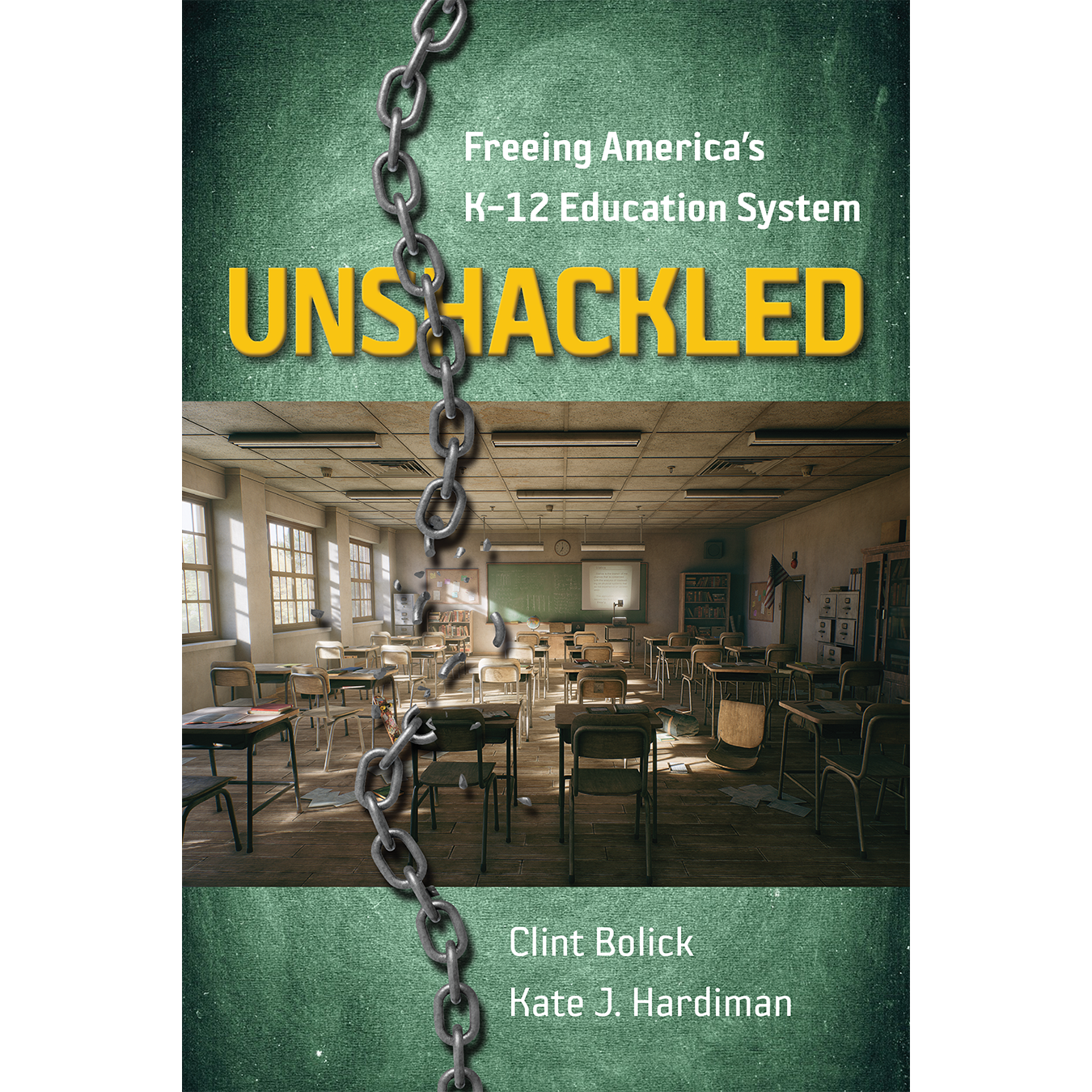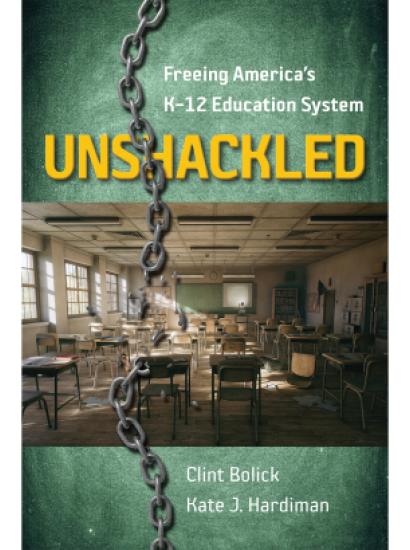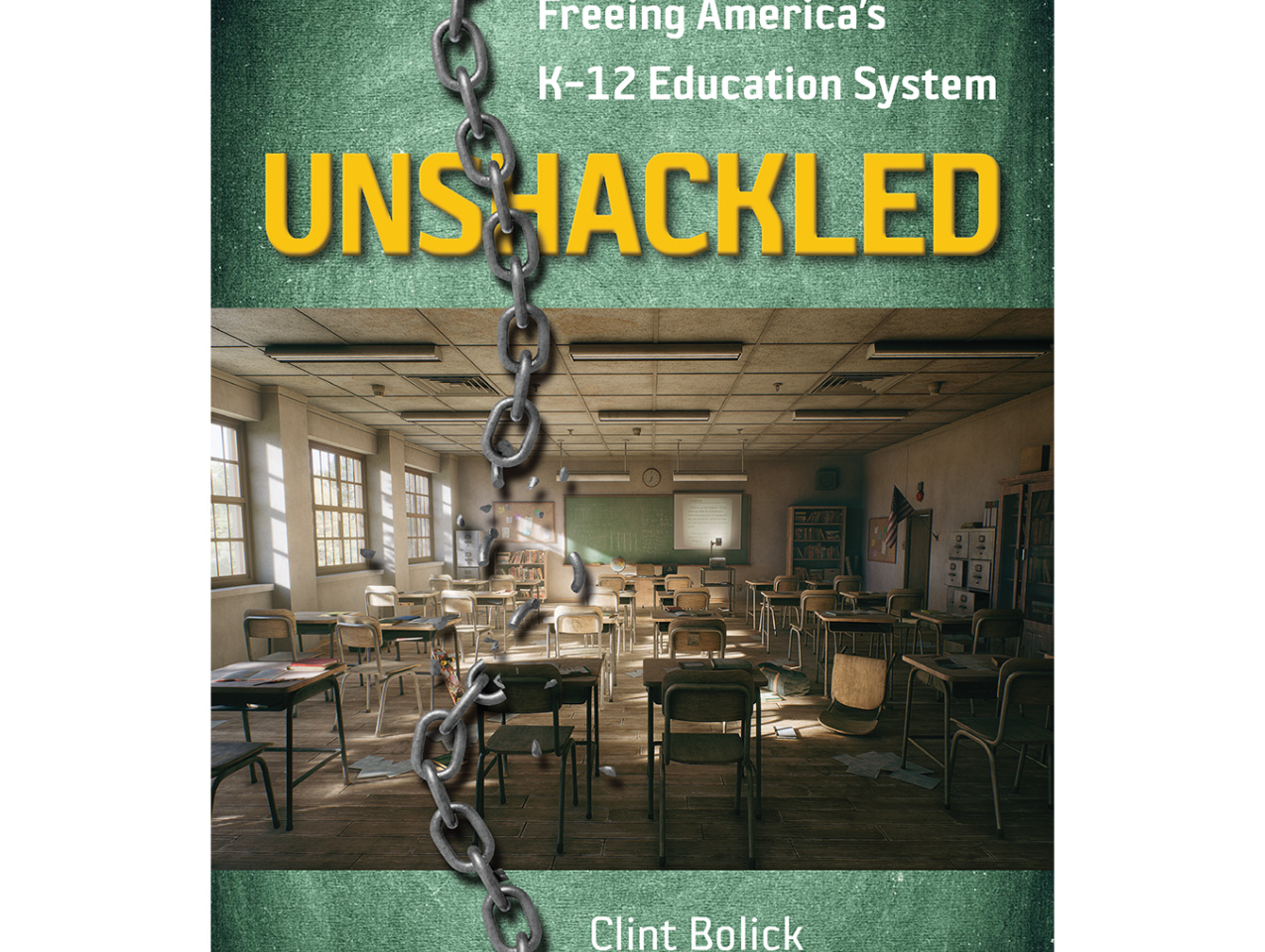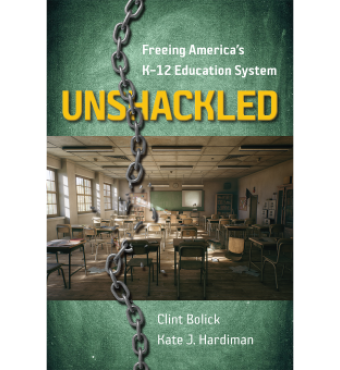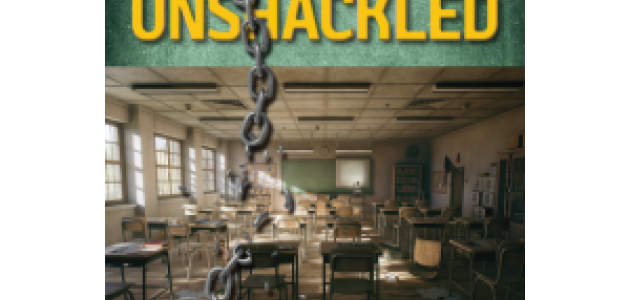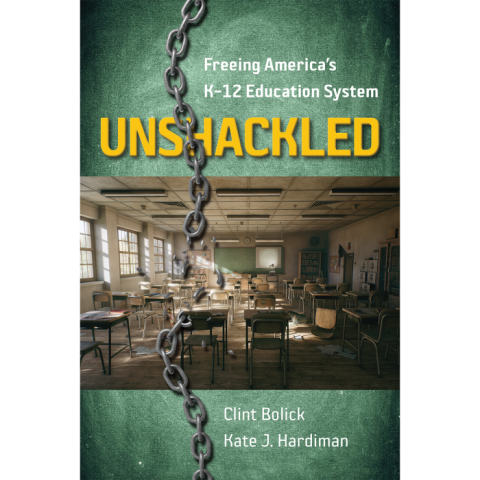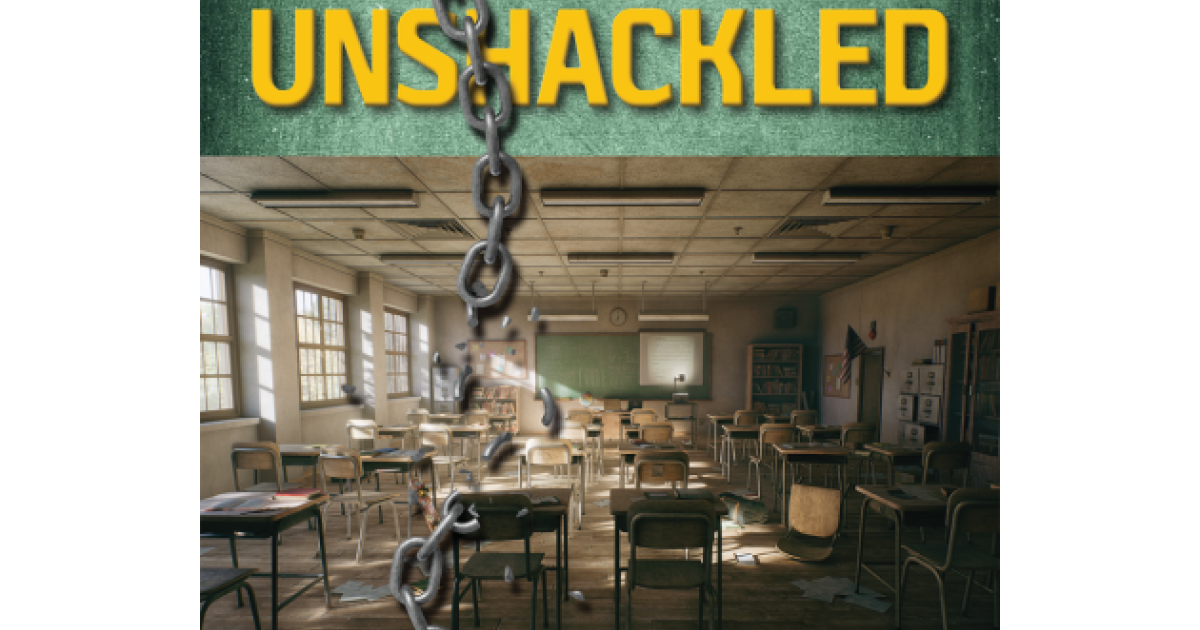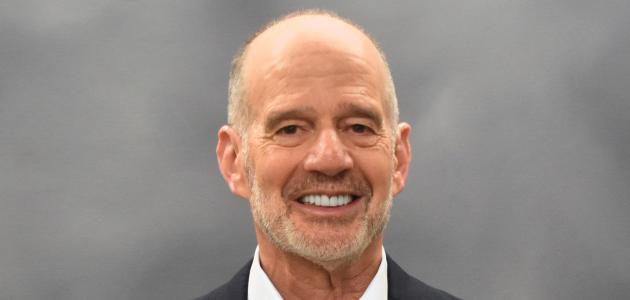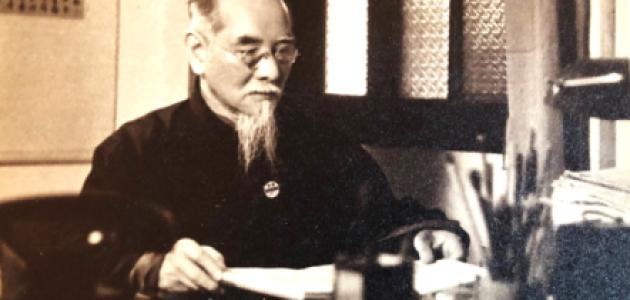by Jonathan Movroydis
In this interview, Research Fellow Clint Bolick and former teacher and advocate for education reform Kate J. Hardiman discuss their recently released book published by Hoover Institution Press, Unshackled: Freeing America’s K–12 Education System.
Bolick and Hardiman argue that the current public-school system is antiquated, misdirects resources, and fails to meet the needs of individual students. Alternatively, they advocate for a systematic bottom-up reform of American education centered on what they call the “two Cs,” choice and competition, and the “two Ds,” deregulation and decentralization. Furthermore, they explain that public schools’ failure to adapt during the COVID-19 pandemic maybe a catalyst for such reforms.
Please tell us about your respective backgrounds in education reform and the origins of this book project.
Clint Bolick: My motivation to write Unshackled goes back quite far. I originally planned to be a school teacher, and during student teaching I realized the abysmal state of the public school system. This was forty years ago. Schools have only gotten worse since then. Thus, I decided to pursue education reform through a legal career rather than teaching. As a litigator, I defended school vouchers, starting in 1990 in Milwaukee, Wisconsin, where the first such program was established. I also defended Cleveland’s school voucher program all the way to the United States Supreme Court.
Along the way, I became very radicalized. I saw how horrifically bad school conditions were for low-income students. As a member of the Arizona Supreme Court, I have observed this issue from a different perspective. Pretty much every criminal defendant that we see is educationally disadvantaged. Of course, a quality education is foundational to individual prosperity. These experiences make me appreciate even more the systemic reform our country needs.
I had originally focused on private school choice options, which really only affect a handful of kids. When I met Kate Hardiman, we began to discuss the idea of a book that would lay out a comprehensive education reform plan, a bottom-up plan rather than a top-down plan, a plan that would really reimagine American public education across the board. There were no such books until ours. After talking about it for a while, we decided to collaborate, and Kate has been a very capable partner.
Kate J. Hardiman: After graduating from the University of Notre Dame, I taught for two years in a Catholic school in Chicago, through the Alliance for Catholic Education. I had a fabulous experience teaching English and religion to high schoolers. Then, partially inspired by Clint and my mentor at Notre Dame, John Schoenig, I decided to pursue a law degree. I currently study at Georgetown Law School in the evening and work during the day for a constitutional litigation firm in Washington, DC. My plan is to become an advocate for reform in educational law and policy.
In your research and experience, what do you believe is fundamentally broken about the American educational system?
Kate J. Hardiman: One factor we really focus on in the book is the lack of flexibility within the educational system. School districts are too large and unable to adapt to changing circumstances. This has become even more evident during the COVID-19 crisis. Clint and I devoted a lot of time on this idea of eliminating bureaucratic “middlemen.” In education, this middleman is the school district, which has only grown and become more ossified over the last century.
Eliminating the bureaucratic middleman would benefit education in at least two major ways. First, it would free up about half of the current education budget. Those funds could be redirected toward students and teachers rather than being spent on bureaucracy. Second, eliminating the middleman of the school district would allow individual schools to regain their autonomy. Principals would once again have the power to hire and fire, the ability to implement curriculum that best serves students and families (rather than a standardized curriculum from the state and district), and more flexibility. During the COVID-19 crisis, it is likely that schools would have been able to respond better to the needs of families had the decision making been decentralized at the school level. Instead, schools and principals had to abide by district leaders, who often were making decisions for hundreds, even thousands of schools. (for example, the Los Angeles Unified School District has about 1,000 schools and 600,000 students).
Clint Bolick: We are essentially stuck with a nineteenth-century education system, and that's just breathtaking. If you were to transport from the late 1800s to today, you would recognize almost nothing else in society, but you would perfectly recognize the structure of our public-school classrooms. Students are still learning in rows, for example. As Kate mentioned, it's really an ossified system that is very resistant to change.
Older Americans often tell us that they received a first-class public education when they were young. Is it just that the system has ossified, or have educational standards fallen?
Clint Bolick: I think the answer to that is really both. In the 1940s and 1950s, most Americans were getting a very good education, and what today is ancient was still relatively modern at the time. In addition, to compare what we saw at that time to today is to witness the growth of special-interest influence over schools and a tremendous growth in bureaucracy. Teachers’ salaries have remained fairly constant, but the amount of money that we spend on administration is just stupendous. Both of these influences really frustrate any sort of meaningful reform. Any type of technology, for example, that would increase the student-teacher ratio is fiercely opposed by unions, who want to keep as many teachers employed as they possibly can.
Kate J. Hardiman: I agree completely. I would also add, just from the perspective of someone who has recently taught, schools are wired with a lot of technology. However, technology can only enrich a student’s education if used properly. For example, a massive influx of television and computer screens can certainly supplement learning, but it can also be a huge distraction.
How are American schools falling behind, and which students are they failing?
Clint Bolick: American schools in general are falling behind in math and science and are losing ground to our world competitors, most notably China. They're also falling behind Balkan countries. They’re falling behind a number of countries that are not thought of as economic powerhouses. One of the statistics in the book that was most sobering to me is that the top 10 percent of American students in math and science are at the same level as the bottom 10 percent of students in Shanghai.
China is an existential threat to the United States. In this competition, our educational system remains adrift, and if we keep going down this path, China will absolutely clean our clocks in the years ahead. Among students in the United States, those who are performing most poorly are low-income children, particularly Black and Hispanic children. Really nothing significant has improved since Brown v. Board of Education [1954], which is extremely depressing considering the amount of resources that we’ve pumped into urban school systems. The education gap between white and black students remains very significant and continues to grow wider.
To this point, the solution to closing this gap has been with band-aids like affirmative action. The fact of the matter is that we are doing low-income kids a huge disservice by not providing them essential educational skills, to prepare them not only for higher education but also for basic jobs in our economy. It is very difficult to overstate the educational crisis in this country right now. Even most of the students whose parents consider them to be in the best schools in the country are really lagging well behind our international competitors.
Will you discuss how the COVID-19 pandemic has exposed and exacerbated problems of the educational system? Also, does this crisis present any opportunities for change?
Kate J. Hardiman: I think one big opportunity is to give families more visibility into what their schools are doing and how they responded to a challenge like this. Some parents saw very quickly that their schools were not ready to adapt, and others were surprised and pleased at how quickly their schools were able to shift to a virtual environment.
The main trend is that parents are moving their children out of public school and into private schools, or what are now known as homeschooling pods. Those pods actually became a phenomenon after we finished the book, but in many ways they underscore what we argue should be the future of education: smaller class sizes, power decentralized from bureaucracies, and funding tailored to each student. Similarly, we advocate for states to promote ESAs, education savings accounts, where state funding follows the student to their educational provider of choice.
Clint Bolick: I think a lot of people's eyes are open for the first time about the inflexible nature of the school system. I have taken to referring to COVID-19 and its impact on the schools as our Katrina moment. When Hurricane Katrina devastated New Orleans in 2005, it physically destroyed the school system. Education had to be completely reimagined and rebuilt from scratch, which is exactly what we’re calling for on a national scale in our book. New Orleans literally made every school in the district a charter school. The school system went from being one of the worst in the country to one of the best by virtue of changing the entire approach. I really hope that we’re able to find the silver lining in this crisis and are willing to find comprehensive solutions that most people would have rejected out of hand only a year ago.
You explained in Unshackled that reforms should be geared primarily toward the education of students as opposed to the employment of teachers. With this end in mind, how do we attract the best people into the teaching profession?
Clint Bolick: Kate and I believe that teaching should be a much better-paying profession than it is, but there are so many impediments to reaching this objective. First of all, regardless of performance, all teachers receive the exact same pay raises. Everyone knows who are the good and bad teachers. Under the current system, the good teachers cannot be differentially rewarded, and you can’t get rid of the bad teachers. That fundamentally has to change. In order to ensure student success, we need a system in which teacher performance is measured and rewarded.
One of the major reforms that we propose is decentralizing and deregulating public schools so that each school is semiautonomous. This would enable schools to hire and fire their own teachers. They would also be able to set differential pay rates and provide educational offerings that are geared toward their student population. We believe that any single one of these educational reforms would catalyze educational improvement. If you add these reforms to the elimination or dramatic downsizing of school districts, we would free up substantial sums of money for classrooms. One of the statistics we point to in the book is that if the size of bureaucracy relative to the student population had remained the same over the last two decades, there would have been funds available to increase average teacher compensation by $12,000. Taken together, these reforms could restore teaching to the prized profession it should be.
In Unshackled, you advocate as the key elements of reform “the two Cs,” expanding choice and competition, and “the two D's,” deregulation and decentralization. Do you believe any of these policies can be realistically achieved, and can teachers’ unions and other special interests be persuaded to support them?
Kate J. Hardiman: I would say that in a lot of places we are seeing these reforms. But what we’ve been missing is until now is strong grassroots support. Obviously, the poor in the inner cities have wanted these reforms for many years, but I think now we’re gaining more political capital, because there are more families demanding better options as a result of traditional public schools’ failure to adapt during the outbreak of COVID-19. I also believe that we are experiencing a kind of Katrina moment and hope that it will be a catalyst for more reforms that we discuss in the book.
Clint Bolick: Certainly, the teachers’ unions and the school district bureaucracies have a very uneasy alliance on many issues, because they both benefit from more public spending. The fact of the matter is that so much of the funds are absorbed by the central bureaucracy that we think that we may be able to persuade teachers that their interests lie in more decentralization and deregulation. They will have not only greater resources at their disposal but also greater power to influence the allocation of those resources. That strategy has really never been tried, and I’m hoping that some of the folks who pick up our book will try to create nontraditional alliances with teachers. The whole point of our book is to empower the people who have the greatest stake in the outcome of the system: students, parents, teachers, and principals, primarily. If somehow that energy could be mobilized into an alliance toward education reform, I think we would see some groundbreaking change.







